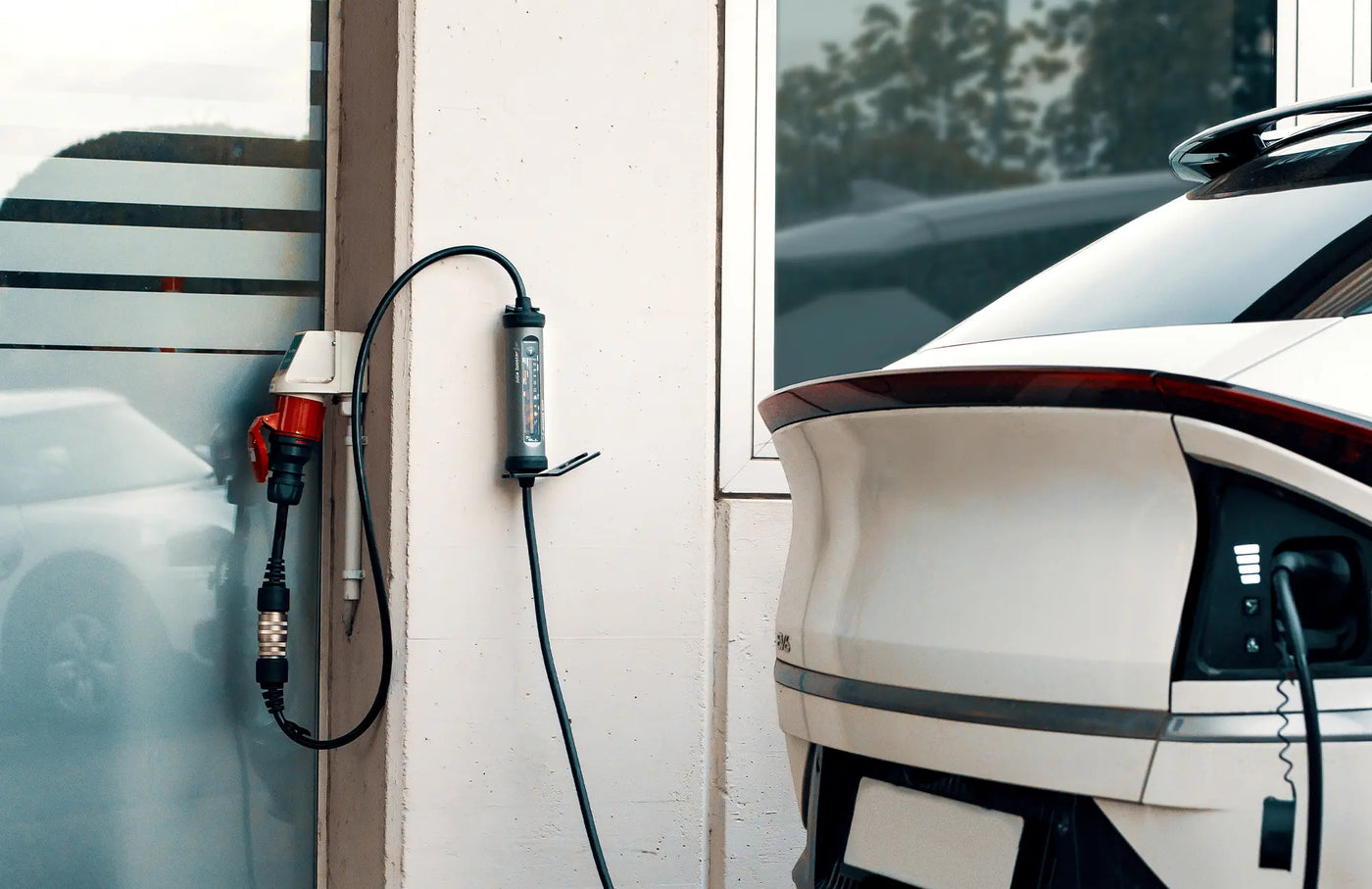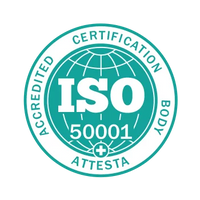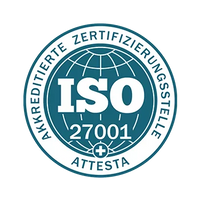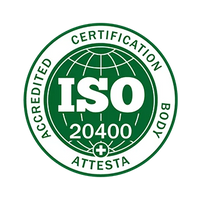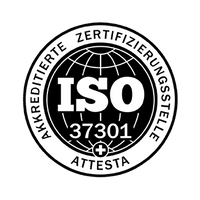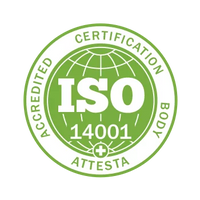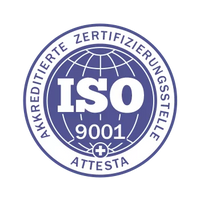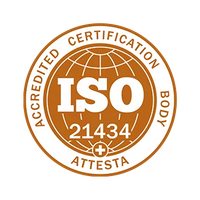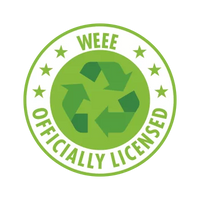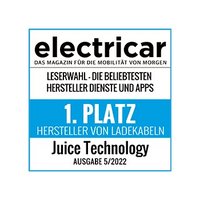Why standards and EMC are not a minor issue for mobile charging stations
Anyone who buys a mobile wallbox expects it to charge reliably. But that's only half the battle: A charging station shouldn't just function – it must also be safe and not interfere with other devices in the vicinity. Standards and electromagnetic compatibility (EMC) are crucial for this.
Compliance with standards: More than just a CE mark
When purchasing technical products, many people quickly glance at the CE mark and assume that the device has been extensively tested for safety and can be used safely. But it's not that simple. The CE mark simply means that the manufacturer claims to comply with basic European safety requirements. But that's only an initial indication—not proof.
Whether the device actually meets these requirements is another matter. The mark says nothing about the actual implementation of the standards or the quality of the design. Compliance with standards includes a multitude of technical specifications, from electrical safety and mechanical stability to electromagnetic compatibility (EMC).
Some points can even be checked by laypeople with a little expertise. This includes, for example, whether the manufacturer's address is listed on the product—a must for the EU market. Warnings in the correct language are also important.
And then there are things that aren't immediately obvious, but are crucial for safety: For example, all live conductors—L1, L2, L3, and the neutral conductor N—are routed through switching devices such as relays or contactors that can simultaneously and safely deactivate them in the event of a fault. This measure protects users from potentially dangerous voltages on the vehicle side—and is essential for compliance with standards.
The devil is in the details – and sometimes in the plug
We recently encountered a particularly serious case at an industry trade fair in Turkey: A cheap product from an unknown manufacturer in the Far East was designed to deliver a current of 16 amps when combined with a Schuko adapter plug – a clear violation of the regulations. Several European countries have set the maximum current for this type of connection at significantly lower levels. In Germany and France, for example, the upper limit is 10 amps, and in Denmark it's as low as 6 amps. The reason: Overloading an outdated household wiring system could lead to overheating and ultimately a fire.
Even more serious: If the Schuko adapter is plugged into the socket the wrong way round, the harmless neutral conductor suddenly becomes a live wire. This results in the poorly designed product unexpectedly applying voltage to the vehicle's power connector – even though it's not actually connected. If such a plug lands in a puddle, the connector becomes conductive – with potentially life-threatening consequences. This is impossible with high-quality products like the JUICE BOOSTER 2 or 3 air: The Type 2 vehicle connector remains voltage-free as long as it's not connected to the vehicle. Power is only transmitted when it is properly engaged.
Electromagnetic compatibility: When your neighbor's radio crackles
Another topic that is often overlooked is electromagnetic compatibility (EMC). Every electrical device inevitably emits electromagnetic waves—that's normal. But too much of it becomes problematic. Therefore, standards stipulate clear limits—not only to prevent devices from interfering with each other, but also to prevent damage to sensitive electronics.
Juice tests its products carefully, including for radiation levels. So-called radiation curves show how much radiation a device emits. The JUICE BOOSTER 2's emissions are well below the permitted limits. The competitor product mentioned above, however, exceeded these limits by more than 10 dB. This corresponds to a tenfold increase in the permitted radiation output!
What does this mean in practice? The charging station works, and the car charges. However, it can interfere with other devices. In the worst case, your neighbor's radio will be static, or your television will stop working. Such interference is not only annoying, it also indicates that the product doesn't comply with the standards and therefore shouldn't be on the market.
Complex technology requires precise development
It used to be common for electrical devices to cause a certain amount of interference. Anyone who remembers crackling radio reception when the toaster was running knows what we're talking about. Technology used to be simpler and more robust. Today's electronics are more complex – and significantly more sensitive. Even the smallest interference can lead to malfunctions or even defects. A poorly shielded charging station, for example, is enough to disrupt an entire home network.
“Standards are not a tedious obligation – they are the basis for safe and trouble-free operation.”
Therefore, just because a device looks good on the outside and bears the CE mark doesn't necessarily mean it's well-made. It's unacceptable and detrimental to the entire industry when defective devices bearing the CE mark are brought onto the market. Whether they have passed any testing at all or not at all is a matter of debate. Juice, on the other hand, develops its products from the ground up in compliance with standards and tests them under real-world conditions. Juice customers can be confident that they have a device that functions safely and reliably. Because quality is not a marketing promise, but a matter of responsibility.
Conclusion: Safety and quality do not come by themselves
Anyone purchasing a mobile charging station should take a close look – and not be fooled by cheap offers. Those who pay attention not only to price and performance, but also to the declaration of compliance with standards, will be better off. After all, safety and electromagnetic compatibility aren't just nice-to-haves; they're fundamental to a stress-free everyday life. They protect not only your vehicle and home network – but also the environment. Products like the JUICE BOOSTER 2 or JUICE BOOSTER 3 air demonstrate that technological excellence and uncompromising compliance with standards belong together. Anything else is a risk that no one should take.
CE marking – not a seal of quality!
Be careful, don't be fooled: The CE marking is not a certification by an independent testing body such as TÜV . It is a so-called self-declaration and simply means that the manufacturer declares that it complies with all applicable EU regulations. Whether this is actually true in practice is not initially verified.Especially in the early stages of young industries – as was once the case with electromobility – many startups refrain from certification due to cost reasons. It's not uncommon for so-called "kitchen table tinkerers" to enter the market with products that lack sufficient safety testing.
Even today, despite the industry's long-established status, unsafe, cheap products continue to surface – often from the Far East. They appear high-quality on the outside, but technically they are extremely dangerous: great on the outside – terrible on the inside!
If you want to be on the safe side, you should not only look for the CE mark, but also for proven conformity to standards, independent tests and a reliable manufacturer with technical know-how .
Read more here
🔐 Safety, Standards & Tests
-
Tested and found safe
The JUICE BOOSTER 2 is the first in its class to be TÜV-certified – a true milestone in terms of standard compliance: JUICE BOOSTER 2 – first mobile 22 kW charging station with TÜV SÜD certification according to the current standard | Juice Technology AG -
Hot? Not with us!
How JUICE CELSIUS reliably monitors temperature when charging at a household socket: JUICE CELSIUS: Juice expands active temperature monitoring at household sockets | Juice Technology AG -
Safety begins at the socket
How intelligent temperature monitoring protects against fire risks: Safety First: Safe charging at household sockets thanks to temperature monitoring | Juice Technology AG
🏆 Tests & Awards
-
Test winner with substance
Why the JUICE BOOSTER 2 was at the top of the ADAC test – and what this test victory means: JUICE BOOSTER 2 is ADAC test winner | Juice Technology AG -
Smart. Compact. Excellent.
Why the JUICE BOOSTER 3 air convinced the ADAC testers: JUICE BOOSTER 3 air is ADAC test winner | Juice Technology AG -
Not every test delivers what it promises
What really matters in product testing – and why it's worth taking a closer look: Why not all tests are created equal | Juice Technology AG
⚡ Products & Features at a Glance
-
Robust, flexible, safe.
The mobile wallbox that can handle anything, even on the go: JUICE BOOSTER 2 | Juice Technology AG -
Intelligent charging in a compact format.
The smallest mobile 11 kW charging station with load management: JUICE BOOSTER 3 air | Juice Technology AG

